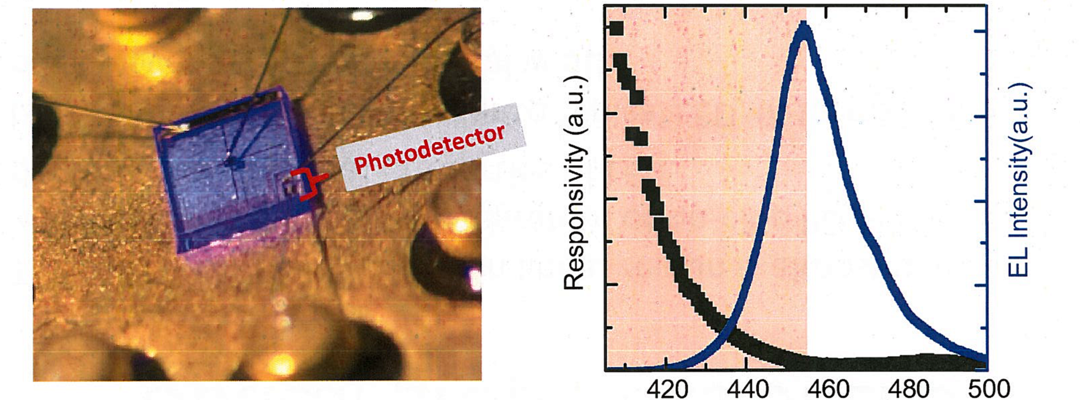LEDs with Monolithically-Integrated Photodetectors for In-situ Real-Time Intensity Monitoring
- Field
- Electronics
- Patent
- IP00645
Key Problem and Market Opportunity
- LED lighting is widely used nowadays. However, the degradation mechanisms of LEDs are still highly temperature-dependent. In a single LED panel, individual LEDs shows varying degradation rates.
- As a result, intensity variation of individual LEDs will cause non-uniformity in the overall emission pattern which can be easily observable by human eyes. For example, inaccurate white-balance, changing intensity.
- The lifespan of the LED product will also be affected.
- The LED lighting market was valued at US$92.40B in 2020 by MarketsandMarkets1
1 http://www.marketsandmarkets.com/PressReleases/led-lighting.asp
Key Advantages of the Technology
- Ultracompact On-chip Photodetector – highly respond to the changes of LED emissions.
- Monolithic integration approach – Both LED and micro-photodetector are printed as a unit by a single photolithography step (Fig 1). Easy to adopt.
- Photodetector is able to respond to the lower-half spectrum of LED emission (Fig 3)
- Photocurrent acting as feedback signal reflecting the intensity of LED emission. When LED operates at low driving current of 10mA, the photo current level is four orders of magnitude higher than that measure under dark conditions.
- Possible unify light intensities from individual LEDs and tune the correct white balance.
Potential Product and Services
- General, Critical or Premium lighting LED solution. For example, medical and operating room lighting, hotel lighting
- Optoelectronic integrated circuit. For example, On-chip LED light communication channel
Development Status and IP Strength
- PCT Application No. PCT/CN2016/082320
- Device prototype is available in laboratory scale





